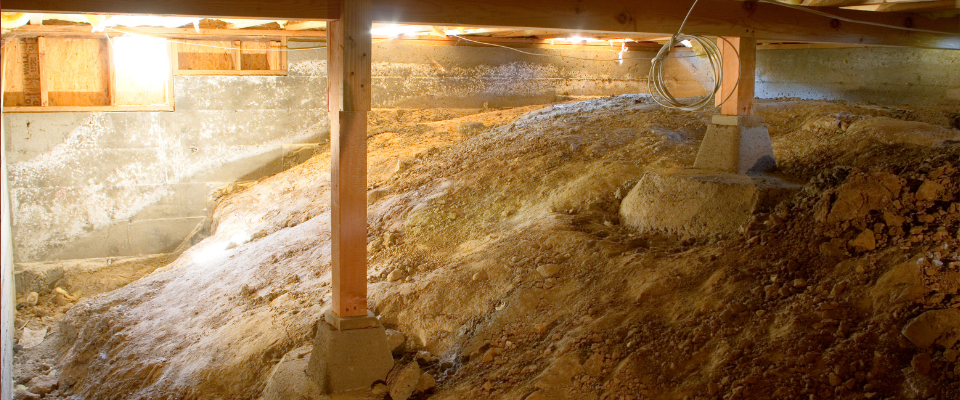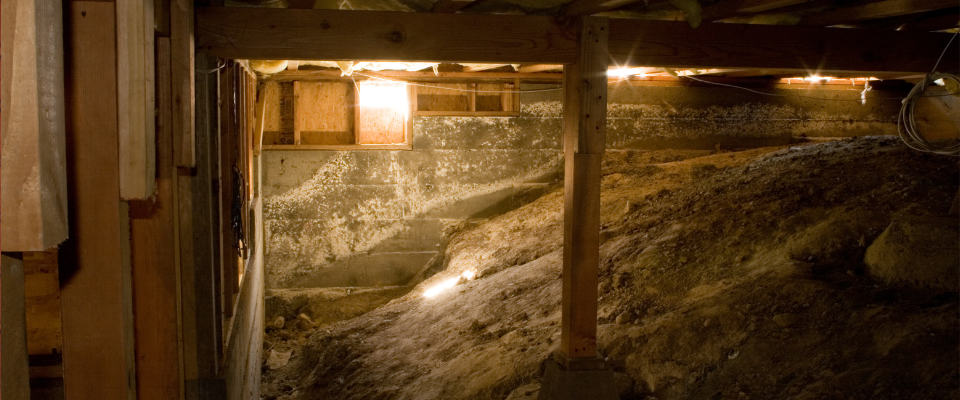Crawl Space
kraal - spays
A crawl space is a shallow, unfinished area beneath a house, typically between the ground and the first floor. It is called a “crawl space” because the area is usually too small to stand up in and often requires occupants to crawl or crouch when moving around.
Here are some key points about crawl spaces under houses:
Access: Crawl spaces are accessed through small entry points, often located on the exterior of the house or inside the home, such as in a closet or utility room. Access may also be through an exterior hatch or door.
Height: The height of a crawl space is typically limited, usually ranging from 1 to 4 feet. While it is not tall enough to be considered a basement or usable living space, it provides enough room for access to plumbing, electrical wiring, and HVAC systems.
Ventilation: Crawl spaces are often vented to the outside to help control moisture levels and prevent mold, mildew, and rot. Vents allow air to circulate through the space, which helps to remove excess moisture and prevent condensation buildup.
Insulation: Insulation may be installed in the walls or floor of the crawl space to help regulate temperature and improve energy efficiency in the home. Insulating the crawl space can also help prevent cold floors in the winter and reduce heating and cooling costs.
Utility Access: Crawl spaces often contain essential utility components such as plumbing pipes, electrical wiring, ductwork for heating and cooling systems, and sometimes water heaters and furnaces. These components are typically installed above the ground level but below the first floor of the house.
Moisture Control: One of the primary concerns with crawl spaces is moisture control. Because crawl spaces are in direct contact with the ground, they are susceptible to moisture intrusion from the soil. Moisture can lead to mold growth, wood rot, and structural damage if not properly controlled. Methods for controlling moisture in crawl spaces include encapsulation (sealing the space with a vapor barrier), installing dehumidifiers, improving drainage around the foundation, and repairing leaks and cracks.
Pest Control: Crawl spaces can also provide access points for pests such as rodents, insects, and termites. It’s important to keep the crawl space well-maintained and sealed to prevent pest infestations.
In summary, a crawl space under a house provides access to essential utilities, ventilation, and sometimes insulation. Proper maintenance and moisture control are important to ensure the health and integrity of the home’s structure.
Experience the DILIGENT Difference
With DILIGENT, you can understand the value of your potential home investment by skipping the guesswork and gathering deeper information about your new home with our detailed reports provided the same day as your inspection.



